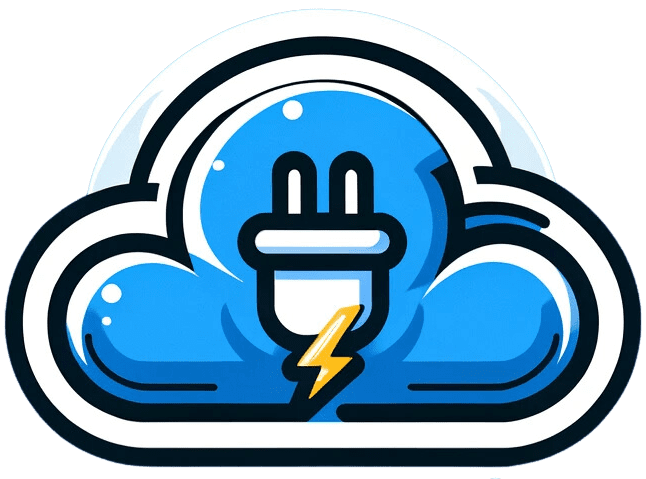How to Rank Higher on Google: A Step-by-Step Guide with SnapSite
In the digital age, ranking higher on Google is akin to having a prime location in the physical world. It’s where visibility meets opportunity. Achieving a top spot on Google’s search engine results pages (SERPs) can significantly increase your website’s traffic, enhance your brand’s visibility, and boost your online authority. Here’s a comprehensive guide on how to climb the Google rankings, with a special focus on how SnapSite can be your ally in this journey.
Step 1: Understand Your Keywords
Before you dive into any optimization strategies, understanding and researching your keywords is crucial. Keywords are the foundation of SEO. They are the terms and phrases that searchers use on Google to find information. To rank higher, you need to know what your potential customers are searching for and how competitive these keywords are.
Start by brainstorming a list of topics relevant to your business. Use tools like Google Keyword Planner or SEMrush to research these topics and find related keywords. Look for keywords with high search volumes but moderate to low competition, as these represent a sweet spot for targeting.
SnapSite can assist in this initial phase by providing insights into keyword trends and helping you identify the most promising keywords for your business.
Step 2: Optimize Your Website’s Content
Content is king in the world of SEO. Google aims to provide its users with the most relevant and valuable content. Therefore, your website’s content needs to be informative, well-written, and optimized for your target keywords.
Each page on your website should focus on a specific keyword or topic. Use the keyword naturally in the page title, headings, body text, and meta descriptions. However, avoid keyword stuffing, as this can negatively impact your rankings.
SnapSite offers content optimization tools that can guide you in enhancing your website’s content for better Google rankings. Their platform can suggest where to place keywords and how to improve the readability of your text.
Step 3: Improve Your Website’s User Experience
Google’s algorithms consider the user experience (UX) when ranking websites. A site that is easy to navigate, fast, and mobile-friendly is more likely to rank higher than one that isn’t.
To improve UX, ensure your website has a clear structure, with a logical hierarchy and easy-to-use navigation. Speed up your website by optimizing images, leveraging browser caching, and minimizing code.
SnapSite can help by analyzing your website’s performance and offering recommendations to improve loading times and overall user experience.
Step 4: Build Quality Backlinks
Backlinks, or inbound links from other websites, are a critical factor in Google’s ranking algorithm. They signal to Google that other websites consider your content valuable enough to link to.
Focus on building quality backlinks from reputable sites in your industry. This can be achieved through guest blogging, creating shareable content, and engaging in online communities related to your field.
SnapSite’s tools can track your backlink profile, helping you identify new opportunities for link building and monitor the health of your existing backlinks.
Step 5: Utilize Local SEO
If you’re a local business, local SEO can be a game-changer. It involves optimizing your website for location-based searches, such as "near me" queries.
Claim your Google My Business listing and ensure your business’s name, address, and phone number (NAP) are consistent across all online platforms. Encourage satisfied customers to leave positive reviews on your Google My Business profile.
SnapSite offers local SEO services that can help you optimize your online presence for local searches, making it easier for customers in your area to find you.
Step 6: Monitor Your SEO Performance
SEO is not a set-it-and-forget-it strategy. It requires ongoing monitoring and adjustment. Keep track of your website’s performance in Google SERPs for your target keywords. Analyze your traffic using Google Analytics to understand how visitors are finding and interacting with your site.
SnapSite provides analytics and reporting tools that can help you monitor your SEO performance and make data-driven decisions to improve your rankings.
Step 7: Stay Updated with SEO Best Practices
Google’s algorithms are constantly evolving, and staying informed about the latest SEO best practices is essential. Follow reputable SEO blogs, attend webinars, and participate in forums to keep your knowledge up to date.
SnapSite regularly updates its platform and tools to reflect the latest in SEO best practices, ensuring that your website remains competitive in the ever-changing landscape of search engine rankings.
Step 8: Leverage SnapSite’s Expertise
Achieving higher rankings on Google is a complex process that involves various strategies and ongoing effort. SnapSite offers a comprehensive suite of tools and services designed to help businesses improve their online visibility and rank higher on Google. From keyword research and content optimization to local SEO and performance monitoring, SnapSite is your partner in navigating the complexities of SEO.
By following these steps and leveraging SnapSite’s expertise, you can improve your website’s Google rankings, attract more traffic, and grow your business online. Visit SnapSite today to learn more about how they can help you achieve your SEO goals.




